Fashion can be thought of as a process which is subject to constant change, reflecting a society that it continuously defines.

The development and popularisation of political activism have a lasting impact on the fashion industry. This, coupled with social media and advancements in technology can cause fashion trends to pivot completely. With each social change, we seem to be shifting towards a more dynamic and inclusive era. Spurred on by movements such as Black Lives Matter, Trans-activism, PETA and #METOO, a new aesthetic reflects not only the changing face of clothes – but a permanent shift in society’s attitude.
Although they may seem worlds apart, throughout history, political activism goes hand in hand with fashion. It’s a mutually beneficial partnership. Demonstrators and activists have been able to recognise and wield the power of clothes. One of the earliest examples of this is the ‘dressed to the nines’ activists of the civil rights movement. More recent times display slogan-clad T-shirt-wearers of the Black Lives Matter Movement via the media, hoping to provide a reference image of a changing world.
Fashion as a Visual Currency
Fashion as messaging holds power. Clothing provides a visual currency to support different sociopolitical movements around the world. Fashion at protests has seen many evolutions. However, the message is always a clear indication of your party’s loyalties and fundamental social beliefs.

In 2017, a new era commenced. The Trump administration rose to power in the United States. And this change demonstrated the dangers of inequality to the world. This discontentment reverberated around the world in a series of hugely influential protests. Over the four years that Donald Trump held office, every day produced a new viral image.
The White House on Monday condemned a meme video featuring President Donald Trump defeating fake news after the press reacted strongly to its contents. https://t.co/GVQbBjstwQ
— Breitbart News (@BreitbartNews) October 14, 2019
These posts spread rapidly across social platforms such as Twitter, Instagram and Facebook. Digital giant, YouTube, allowed the new wave of activism to be accessed instantly from anywhere around the world.
The emerging video platform, TikTok, increased its range of influence, allowing any new trend to gain instant traction.
The Time’s Up/ #MeToo movement was followed by a sea of yellow during the Gilets Jaunes demonstrations in France. Meanwhile, Peta Activists protesting seal slaughter used body art as signage which echoed around the globe.
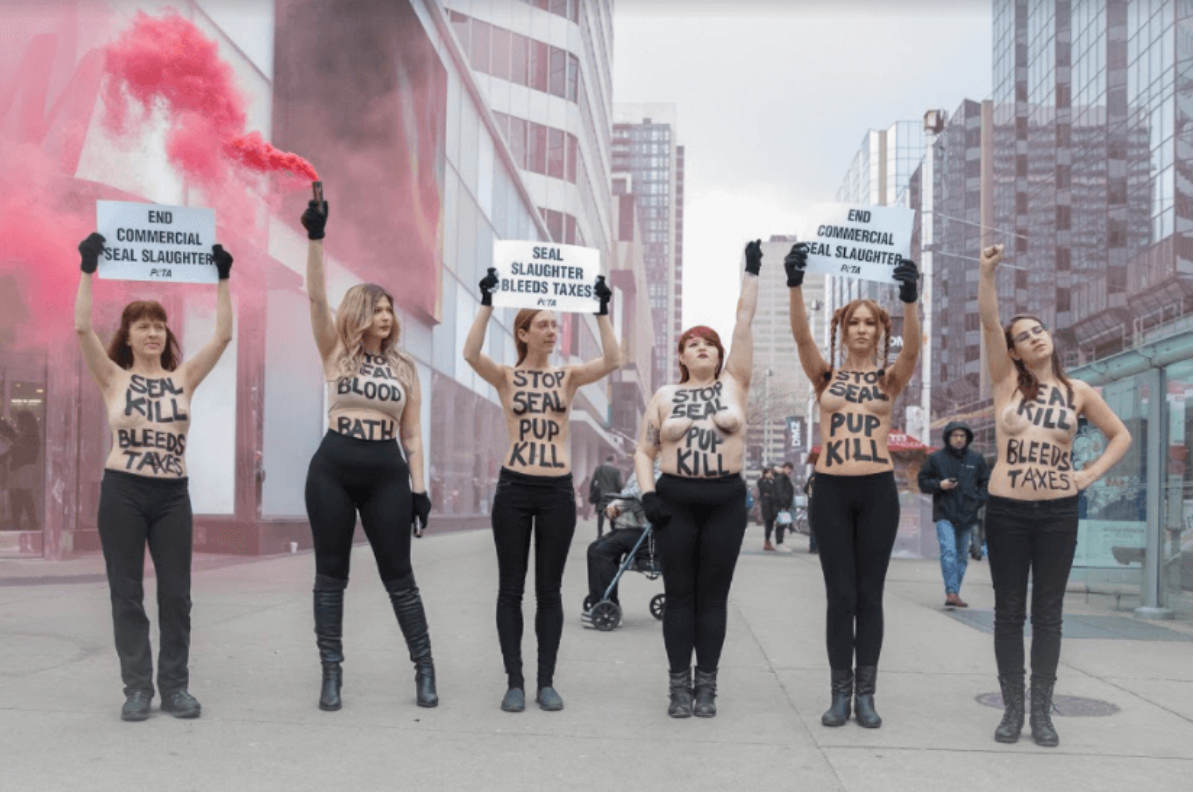
George Floyd’s death spurred an uprising the like of which was not seen in America since the movement against the Vietnam War protests. Suddenly, there was a deluge of figures, heedless of the pandemic, and our socials were overrun by Black Lives Matter imagery.
BLACK LIVES MATTER
Without a doubt, one of the most influential groups to utilise personal style for political impact is the Black Panthers – the radical political party formed during the US civil rights movement
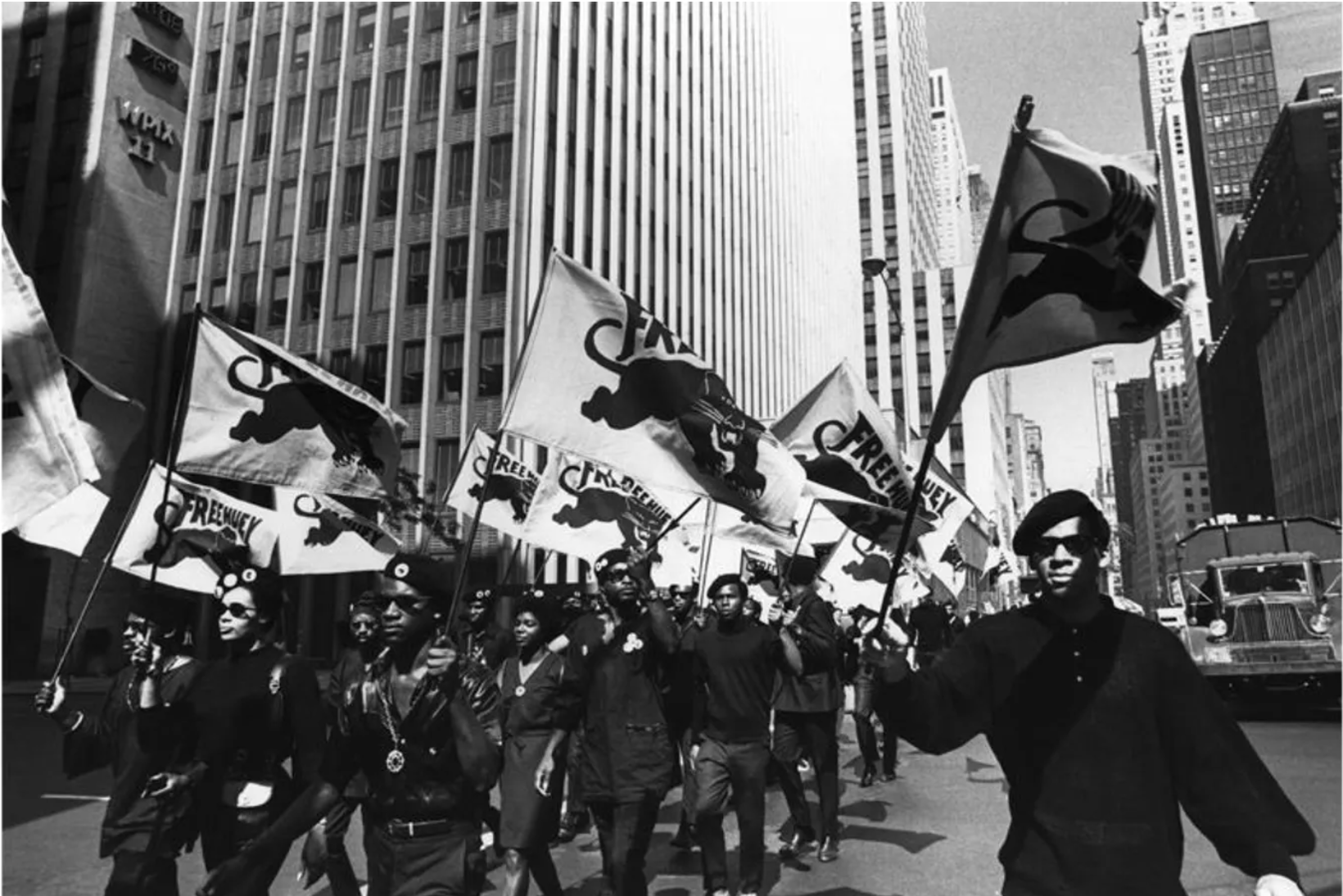
The group’s military-style dress, and in particular, its signature black beret, even today, symbolises a united political group campaigning for change. The BBC writes that the group’s co-founder, Huey Newton, drew his inspiration from French Resistance fighters during the Second World War. He describes his party’s accessory of choice as “an international hat for the revolutionary”.
Powerful Messages of the Past
The worldwide Black Lives Matter protests, sparked by George Floyd’s death in early 2020, renewed a fresh interest in the Black Panther Party. Campaigners today draw inspiration from the powerful messages of the past.

In a hostile environment of growing police brutality and political inequality, a sense of solidarity is urgently called on to unite black people.
At marches across America, protestors wore clothes eerily reminiscent of the outfits donned by the likes of Fred Hampton and Kathleen Cleaver. Although the style of protestors for BLM (Black Lives matter) is not always the same, what makes the most impact during marches is a cohesiveness that presents a united front.
On June 4, a demonstration in remembrance of George Floyd in Harlem is styled by a sea of sharply tailored suits and ties in bright colours and Ankara prints.
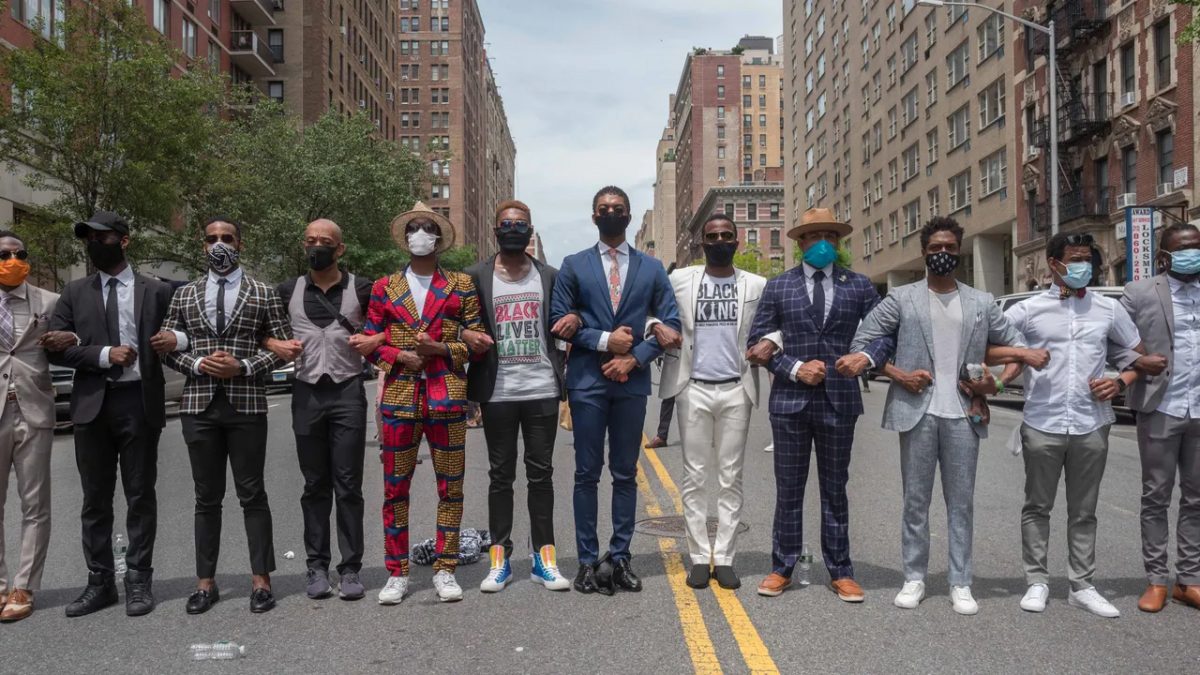
When the House of Representatives took a knee amid the marble walls of Emancipation Hall to introduce the Justice in Policing Act of 2020, they wore matching kente cloth stoles provided by the Congressional Black Caucus.
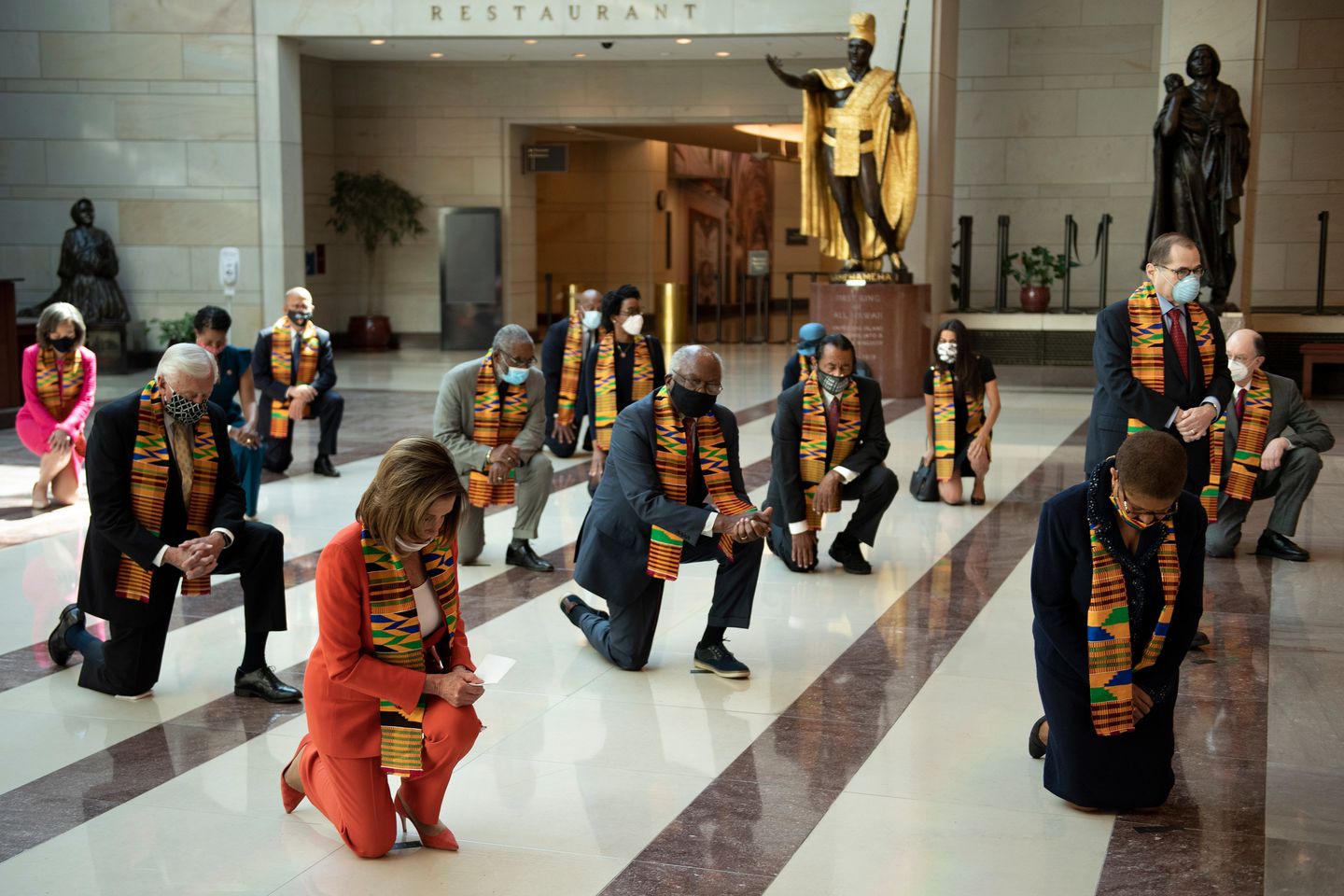
But perhaps the unofficial uniform, which symbolises the grassroots campaign of the Black Lives Matter movement, is the slogan T-shirt. Celebrities, athletes and activists alike, donned shirts emblazoned with punchy, powerful statements, clearly stating the intention of their protest.
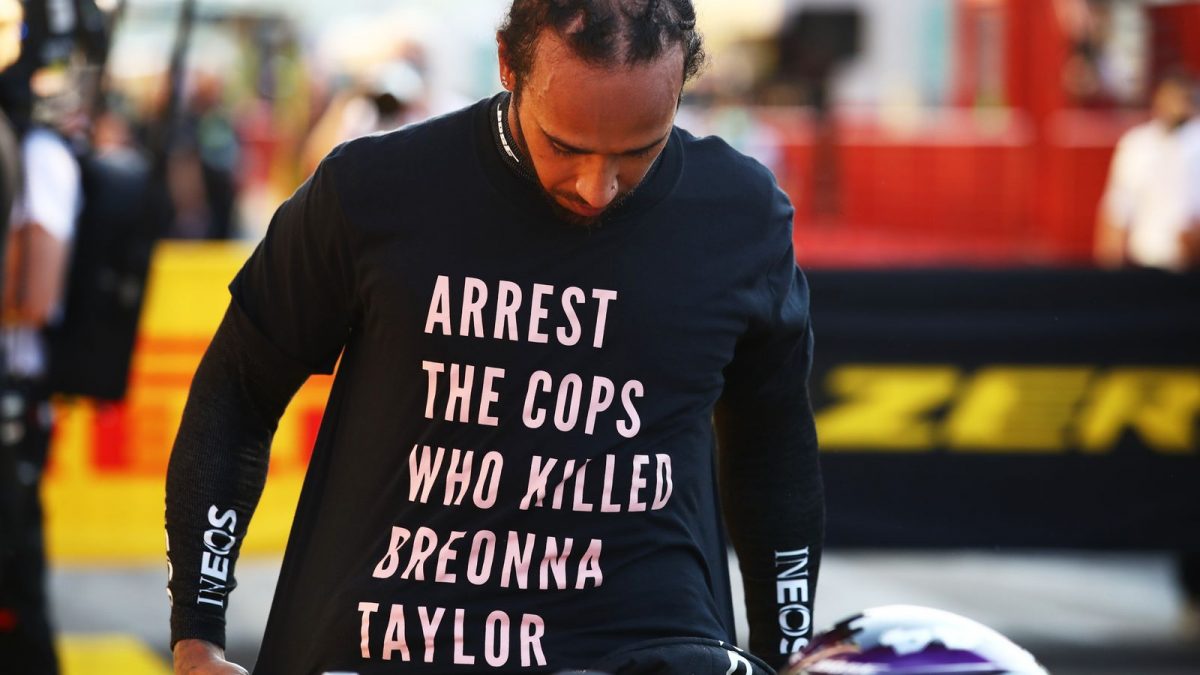
Famous basketball star, LeBron James wore a shirt with, ‘I Can’t Breathe’, emblazoned across it. Meanwhile, racing driver Lewis Hamilton wore a shirt demanding that authorities ‘Arrest The Cops Who Killed Breonna Taylor’ and a Nike Air collaboration with various celebrities results in shoes with Black Lives Matter printed along the soles.
Spotlighting Racial Injustice
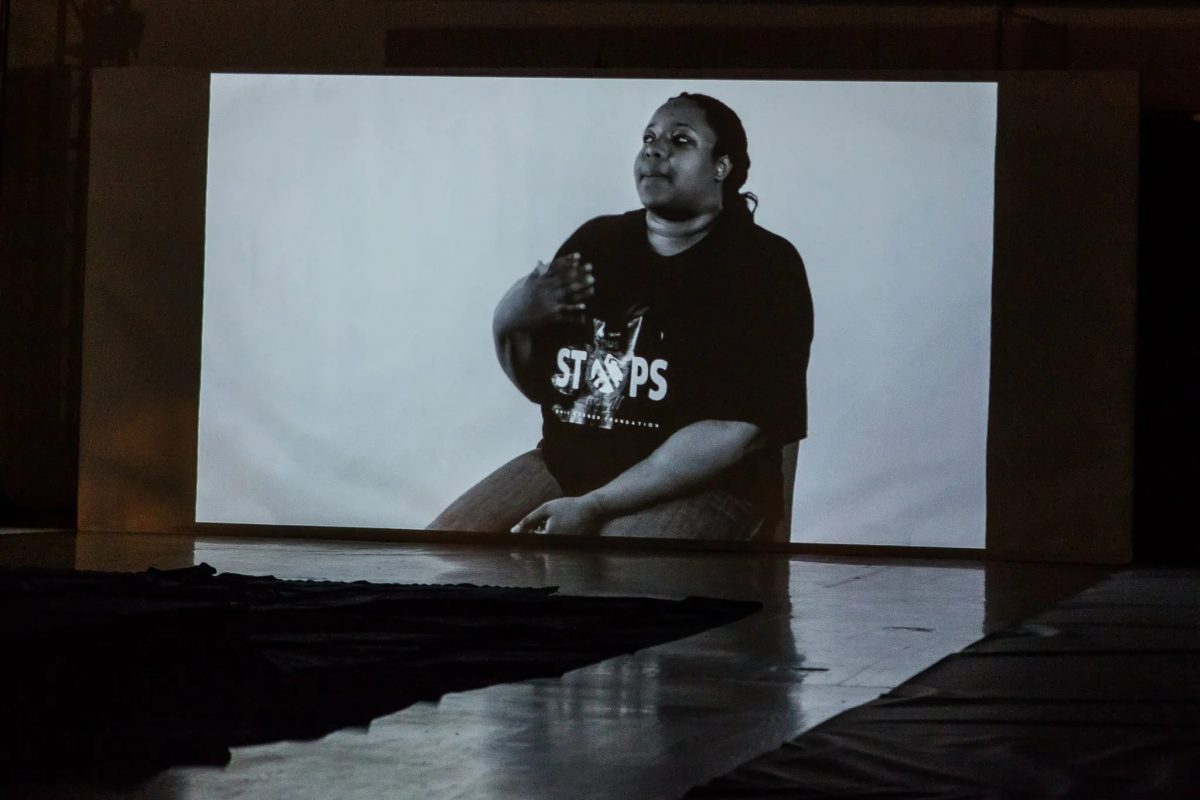
In 2015, Pyer Moss founder, Kerby Jean-Raymond, put on a show that put Black Lives Matter squarely in the spotlight. This is before it became an actual movement. Beginning with a 12-minute video about racism in America, he invites the families of victims of police brutality to sit in his front row, putting the fashion editors behind them.
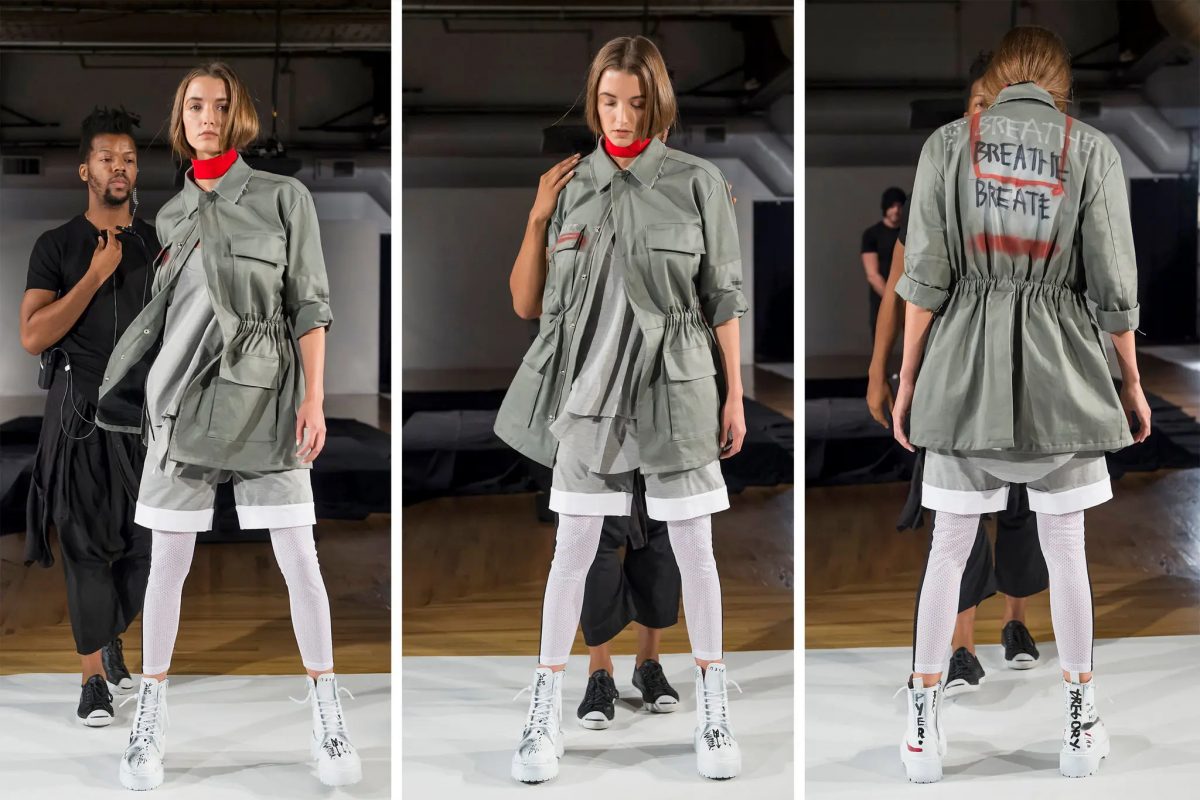
The critics panned his show and nearly sent him bankrupt. He was among the early instigators within the fashion industry, in a particularly charged political and social moment that used its range and influence to call for change.
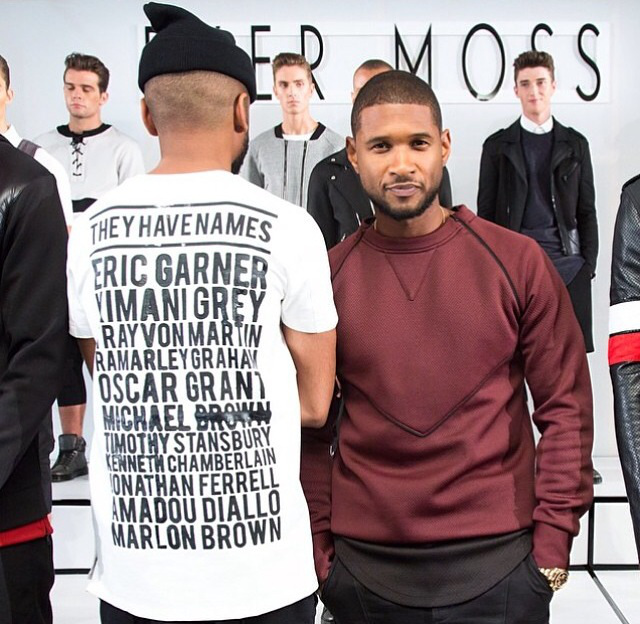
Jean-Raymond tells the New York Times that he has been using his shows to highlight overlooked black contributions to history and “end the erasure of minorities and people of colour.”
A New Era
Jean-Raymond is part of a new wave of black designers who are not only leading the call for change but building the foundations of a new era of inclusive fashion.
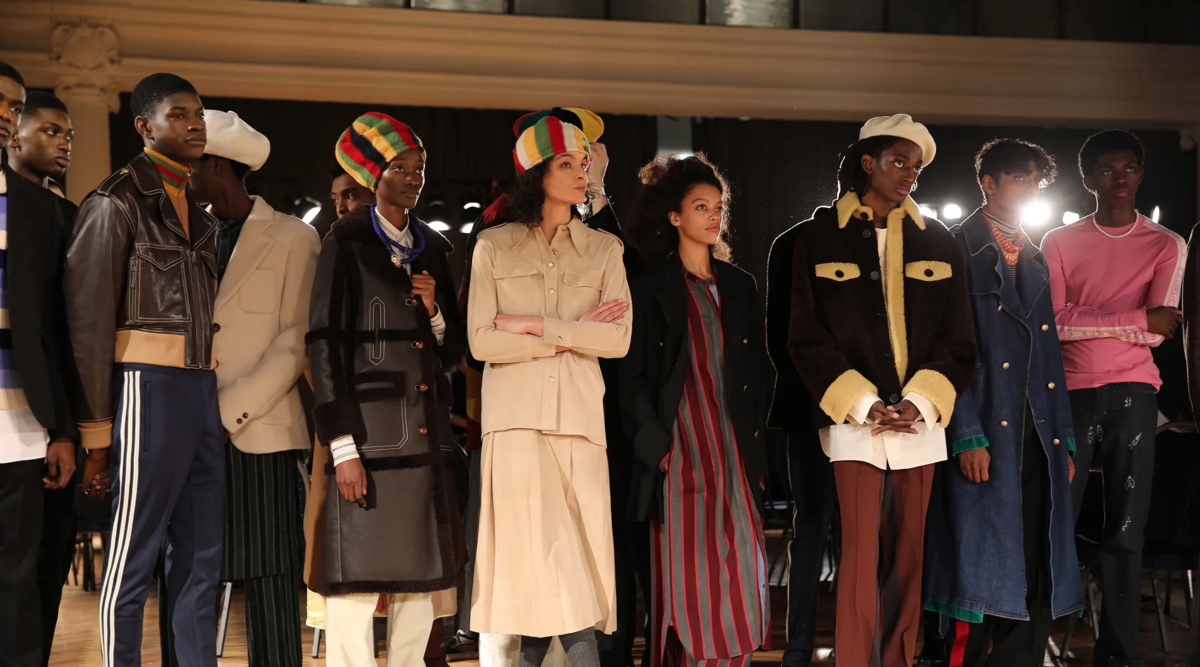
In New York, designers include Telfar Clemens; Heron Preston; ChristopherJohn Rogers. In London, Samuel Ross and Grace Wales Bonner. In Milan, Stella Jean, in Paris, Nigerian born Kenneth Ize, who is Nigerian, and Thebe Magugu, from South Africa.
Trans Activism – The Rise of Gender-Fluid Clothing

A group of activists, known as Transmissions, staged a trans-inclusive runway show outside the main London Fashion Week show space on the Strand. The group had a goal in mind – to demand trans-inclusivity on the capital’s catwalks, hoping to make moves towards true representation within the fashion industry. Although it was a protest, there was an inclusive atmosphere of love, joy, and celebration. Co-Founder of Transmissions, Lucia Blake, tells Dazed,
“For years, trans+ people like us have only been invited to these kind of events as a token. This season, we decided not to let other people benefit from our identities: we decided to create the first ever fashion week afterparty to be run by trans+ people centred around trans+ political issues.”
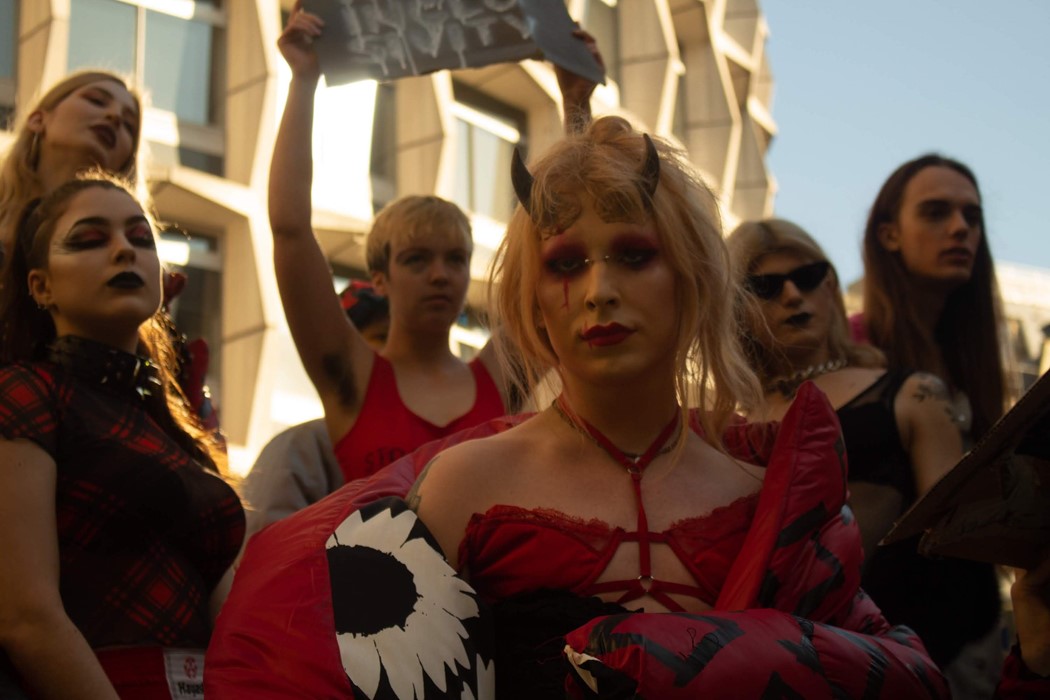
This desire for inclusion, exemplifies another movement in the headlines, highlighting the fashion industry’s role in the concept of non traditional gender.
Fashion for Gender Equality
A decreased emphasis on gender is rooted far beyond fashion, to a deeper calling for social justice; from high schoolers fighting for bathroom rights to activists rallying for trans equality. Thanks to social media, fashion is now a lifestyle even for those not monetarily consuming it, allowing enterprising LGBTQ+ designers to amass a following, that even a decade ago might not have been accessible.
Sometimes that’s on the runways of New York Fashion Week, and other times entirely on platforms like Instagram.
In 2019, LA-based, Pierre Davis was the first Black trans designer to ever debut a collection at New York Fashion Week. With a well-deserved title, Davis made headlines for her inclusive brand No Sesso, which translates to “no sex/no gender.”
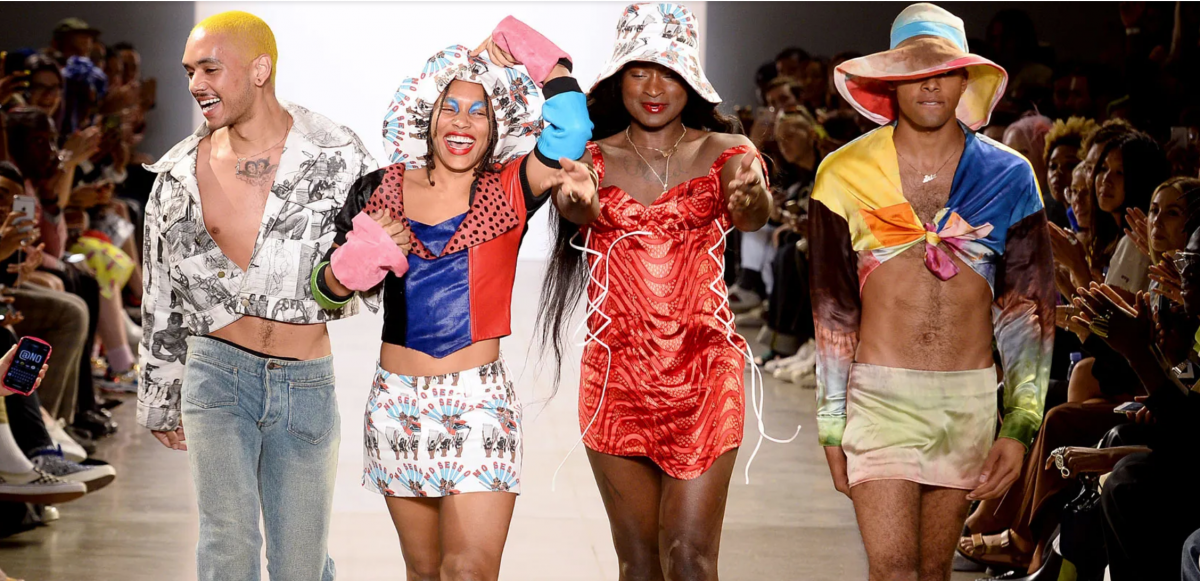
With intricate knits, corsets for men and reworked sweatsuits, the AW19 collection was as diverse as the designers and cast of models themselves. The theme of the show is the building of an all-inclusive environment through fashion.
In both fashion and in life, the gender binary is slowly fading away, and the ‘trendiness’ of sartorial androgyny is expected to outlast just a few seasons. As more individuals come forward as part of the LGBTQIA+ community, the fashion industry is recognising the potential influence and buying power the movement possesses.
Challenging the Core Process
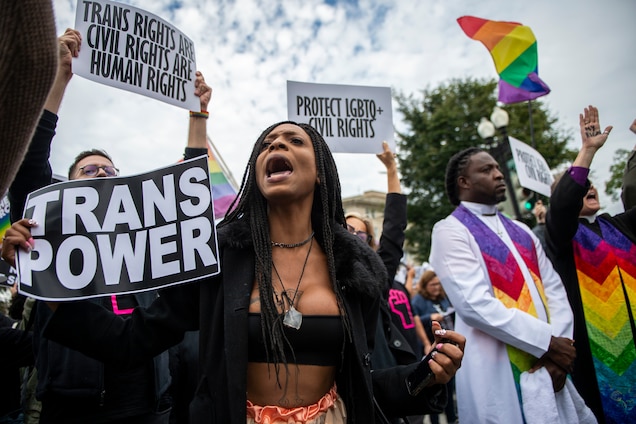
More than five percent of U.S. adults currently identify as LGBTQIA+. With the growing normalisation and acceptance of inclusive culture, gender-fluid clothing is becoming more popular, with consumers increasingly seeking out these collections.
The resulting clothing trends have led to the emergence of entire brands, built with gender inclusivity at their core. For queer kids, teens and adults navigating their own confusing journey through gender identification, watching collections that reflect an emerging world, has offered inclusivity that was previously not possible.
Major designers such as Calvin Klein have recently joined this new wave of fashion. Calvin Klein collaborated with Palace X to produce its first gender-neutral collection.
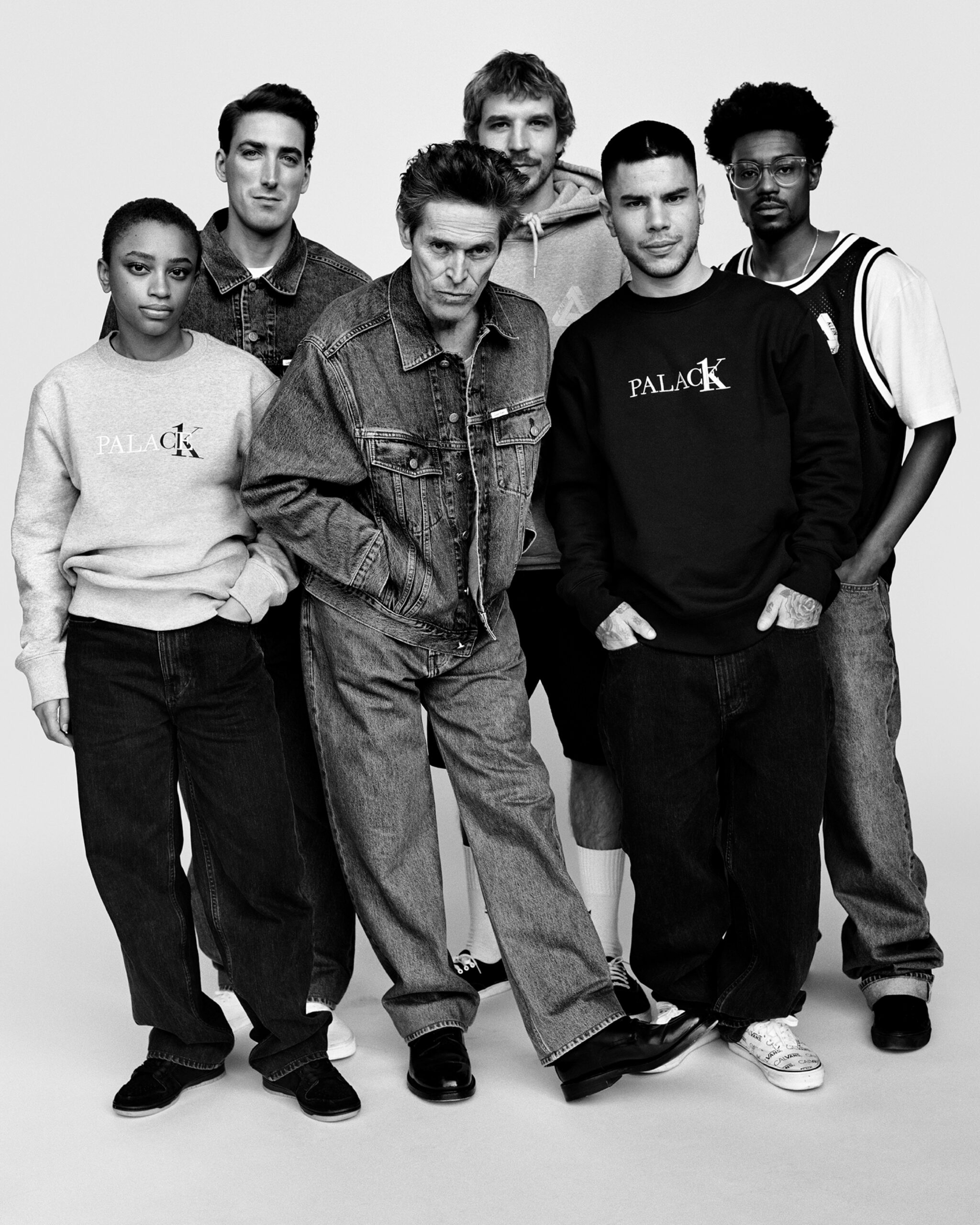
Adaptation to fashion that incorporates gender fluidity is not only a natural progression for the fashion industry but also vital in bettering our society. When brands are willing to acknowledge the social construction of gender and the ways in which they can construct their own ideas, acceptance for gender expression will grow both within and outside of the queer community.
Co-existing Genders
Digital platforms, Instagram, Tik Tok, and Youtube extoll the growing gender neutral fashion trends. On the runway, skirts are donned by male models, while women are adorned in baggy trousers. Stylecaster reports that “over is the idea that feminine and masculine can’t coexist. Instead, we are entering—and creating—a society in which gender is seen as a sliding scale, not a binary.”
In 2018, Virgil Abloh’s “Off-White” made a statement with its gender-neutral capsule collection, becoming one of the most prominent names in fashion to challenge gender stereotypes.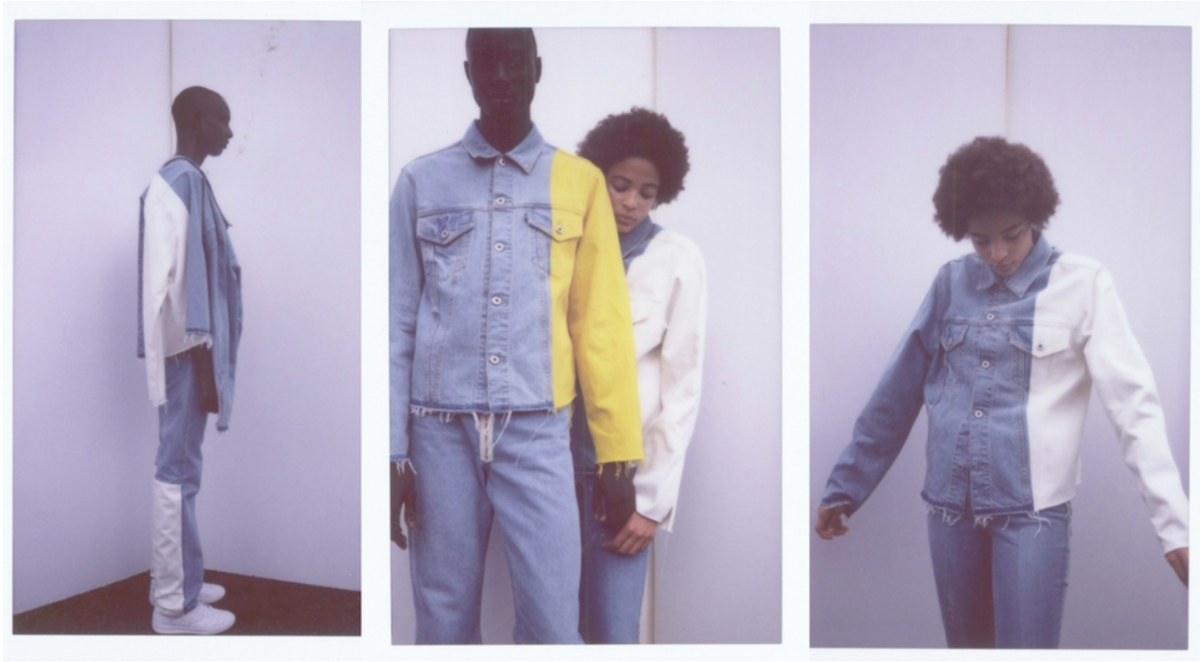 Credit: Levi’s (Collab Off-White / Levi’s – Gender neutral)
Credit: Levi’s (Collab Off-White / Levi’s – Gender neutral)
This was quickly followed by a wave of designers and even celebs, who attempted to take their own spin on the movement. Recently, challenging gender norms has become the norm—like last month when Bretman Rock broke the Internet wearing a Cavalli dress at the VMAs, or during Paris Fashion Week when Miu Miu combined work khakis and miniskirts.
PETA
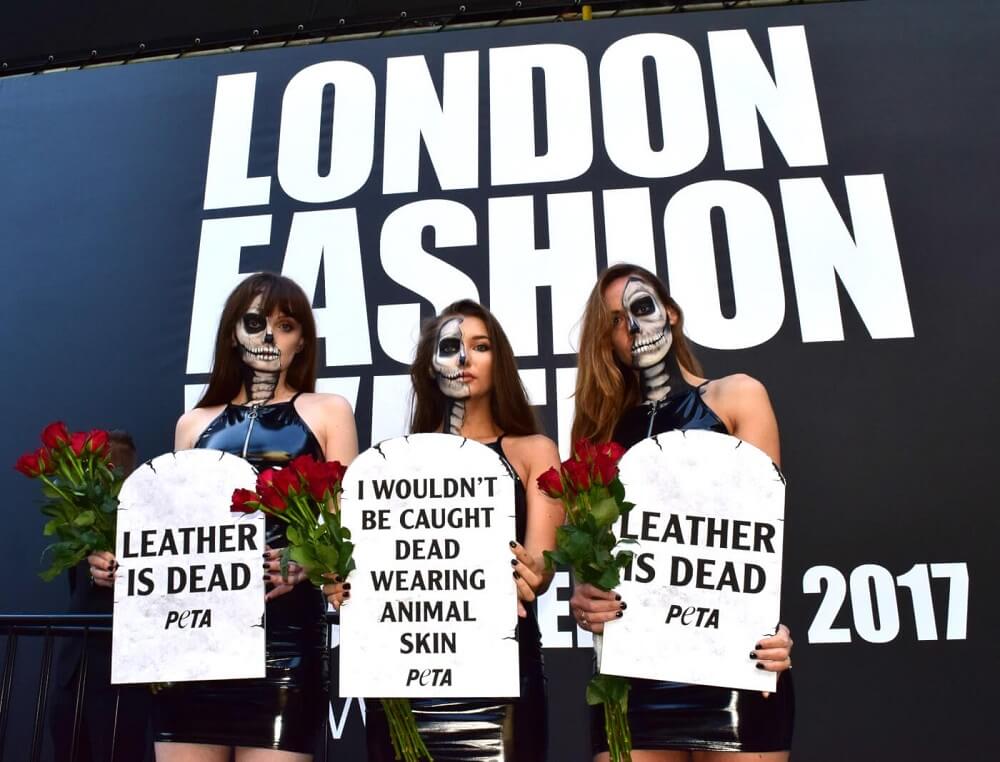
Animal Activist group PETA, has long campaigned for cruelty-free fashion, protesting vehemently against the use of fur, leather and animal skin. And with a growing wave of demand for sustainable fashion (searches are up 75 per cent year on year, according to global fashion search engine Lyst), brands are responding.
PETA has been working with companies behind the scenes to persuade the largest names in fashion to find alternative materials to make clothing then animals. They have also led radical actions against top-tier brands, persuading them to stop using animal-derived materials.
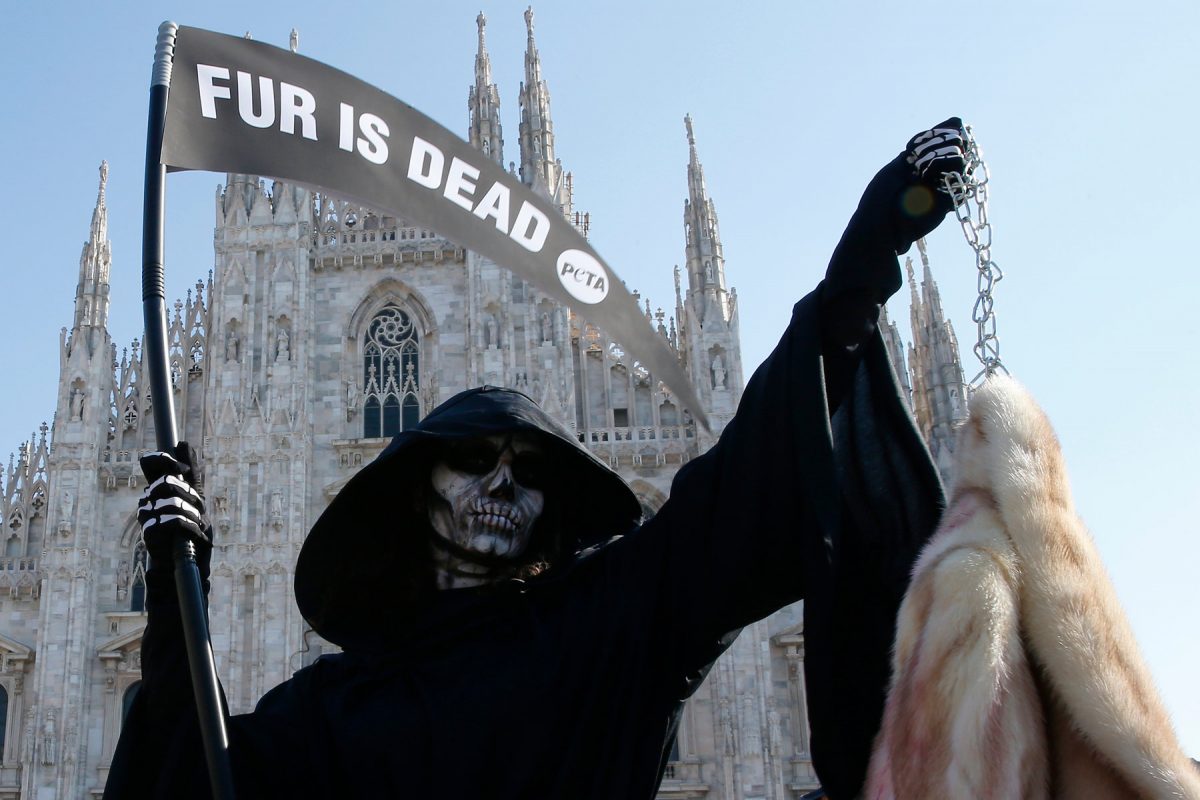
Protests that formerly fell on deaf ears have finally found their audience. Today’s society, with easy access to imagery and social media, is far more aware of the realities of animal cruelty, and the new generations are increasingly against wearing animals.
From mohair hats to shearling jackets to leather shoes, shoppers are ditching cruel and environmentally toxic items in favour of compassionate and sustainable vegan alternatives.
Gucci, Chanel, Vivienne Westwood, and Calvin Klein are just a few of the many brands that have declared that fur is over and will no longer use it in their collections.

The Queen has renounced it. And there is talk of a fur sales ban in the UK. Once, people could claim ignorance of the cruelty in the fur trade. But thanks to industry exposés by PETA and international affiliates, fashion insiders can no longer hide behind excuses. PETA US took over Calvin Klein’s office. As a result, in 1994, the label was the first high-end designer to go fur-free. Jean-Paul Gaultier eventually ditched fur, too.
“I’d Rather Go Naked Than Wear Fur”
In February 2020, PETA closed the book on its groundbreaking “I’d Rather Go Naked Than Wear Fur” campaign after a smashing three-decade run.
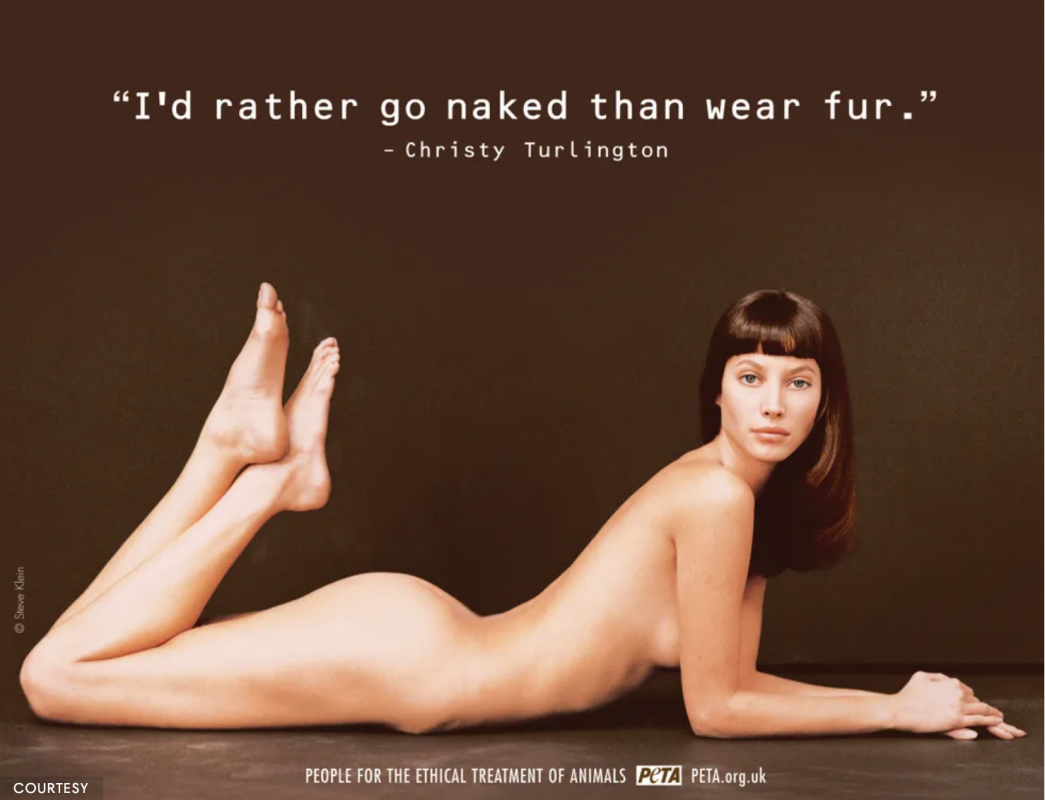
The campaign started with The Go-Go’s – the rock icons bared all in 1990. It attracted superstars such as Christy Turlington, Eva Mendes and Gillian Anderson among others. Dozens of other celebrities were also happy to drop their clothes to expose the cruelty inherent to fur. Their ads appeared everywhere, including New York’s Times Square. Mammoth billboards featuring Pamela Anderson, Taraji P Henson, and P!nk were unveiled during various Fashion Weeks.
The Alternatives
Sandra Sandor, the creative director of Paris Fashion Week label Nanushka, favours vegan leather for her products.
Many of them are worn and loved by some of the biggest names in fashion. “The vegan leather we use is buttery soft and it feels like leather, sometimes people mistake it for real leather, so it’s definitely not compromising on quality,” she tells Bazaar. “It has a luxurious touch and we get a lot of compliments on it.”
Nanushka has become a favourite among influencers and fashion editors alike. Many of the label’s vegan-leather pieces remain its most popular styles. The brand is a great example of the potential of vegan-leather alternatives without compromising style.
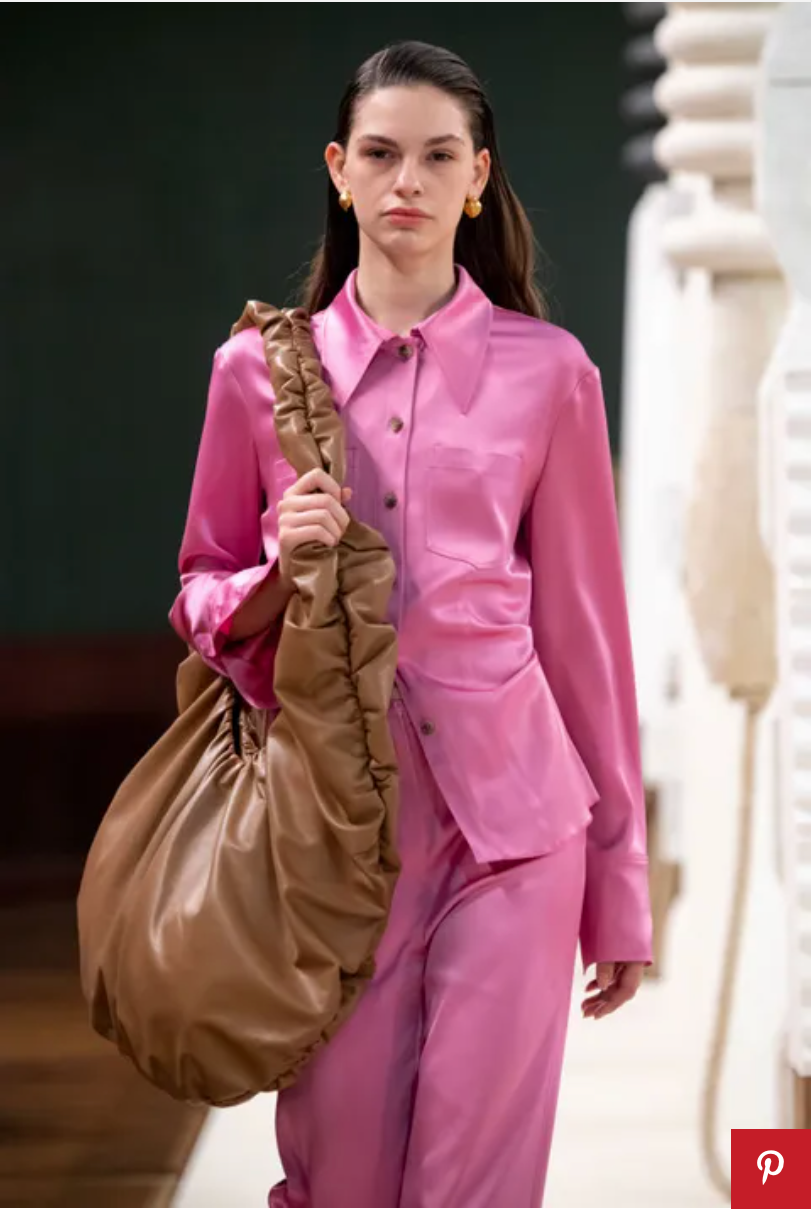
Modern-day consumers want humane, sustainable fashion. a survey by Bain & Co finds that animal welfare is a key factor for the high-spending millennial demographic. And businesses are responding. Material innovation company Modern Meadow is developing laboratory-grown leather. A group of forward-thinking university students from Colombia have created vegan wool from coconut and hemp, to cite the emerging examples of cruelty-free fashion.
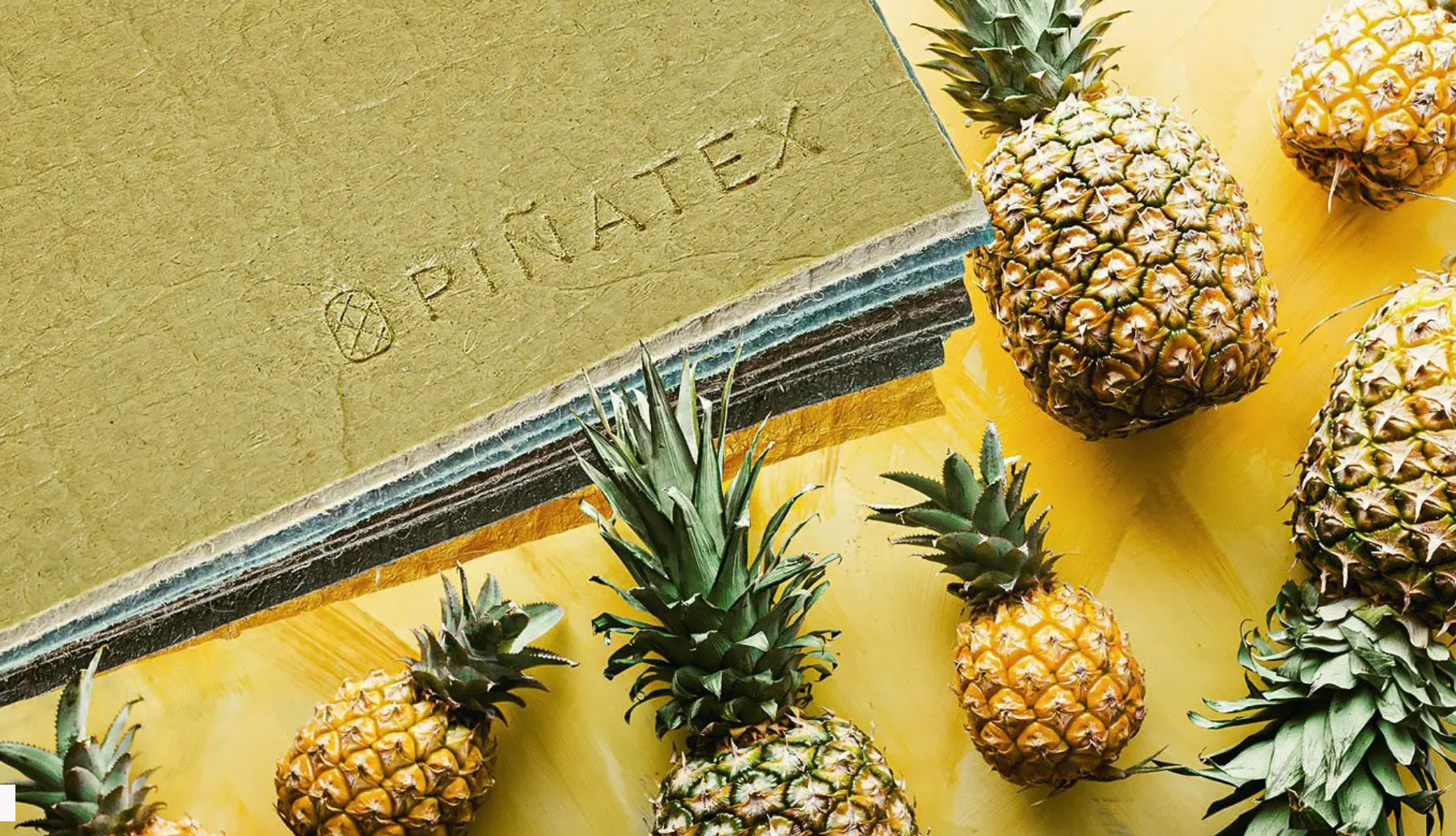
The majority of major brands now offer animal-free leather. The brands range from affordable options such as Top Shop and Zara to high-end designers like Stella McCartney. High-quality animal-free leather is made from many different materials. Some include non-animal microfibers, recycled nylon, polyurethane (PU), and even plants, including mushrooms and pineapple leather!
Subscribe to FIB’s Weekly Breaking News Report for your weekly dose of music, fashion and pop culture news!






